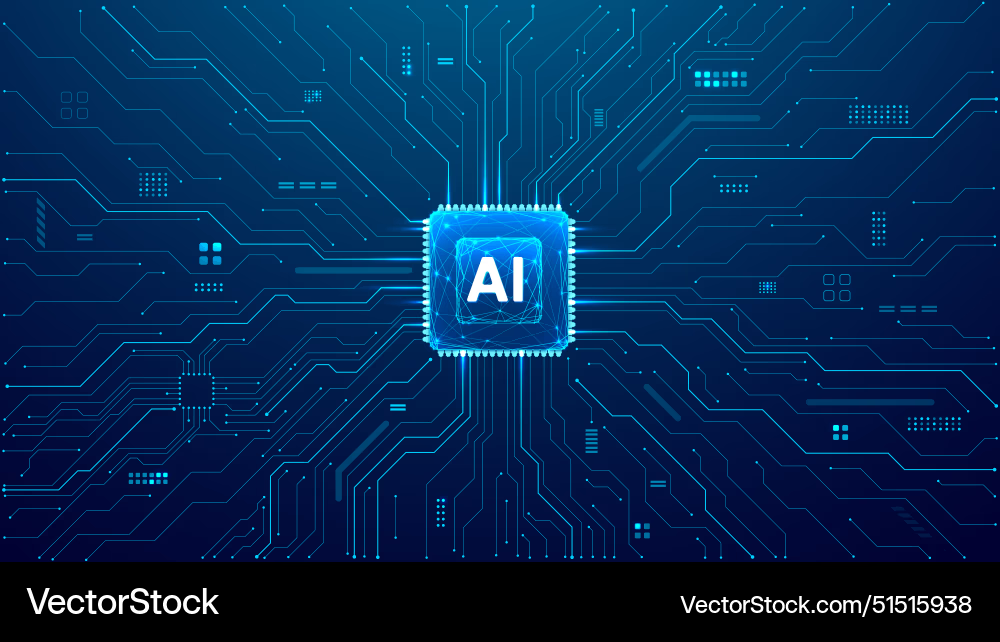Cybersecurity Topics
Network Security
Learn how to secure networks using firewalls, VPNs, and encryption.
Ethical Hacking & Penetration Testing
Understand hacking techniques, vulnerability assessment, and penetration testing.
Data Protection & Encryption
Explore cryptography, secure data storage, and encryption standards.
Cyber Threats & Incident Response
Learn about malware, phishing, ransomware, and how to respond to attacks.






